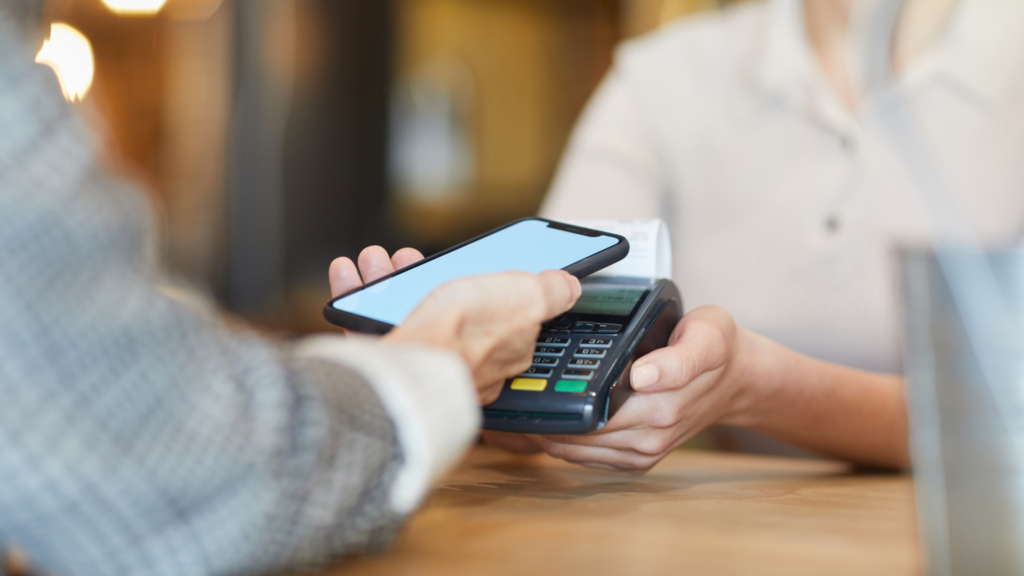Living through the COVID pandemic changed many things in society, including how consumers prefer to pay for their goods and services. More people are conscious of germs and bacteria, resulting in a steady increase in hand sanitizer sales and consumer preference for contactless transactions. People prefer to avoid contact with cash and POS terminals and only touch objects which are theirs.
Additionally, increased awareness of payment security makes digital payments and contactless options very attractive to consumers and retailers. Let’s dive into this growing trend.
Contactless Payment
There payments do not require running card through a machine. Contactless payment requires a security chip eliminating the need to share billing or payment information directly with vendors. Payments are encrypted using a one-time transaction number for reference.
Contactless payments take place using banking wearables and contactless cards. Wearable payment devices include apparel, accessories, and other tech gadgets equipped with RFID or NFC technology. Popular wearables include smartwatches, fitness trackers, jackets, and pay rings. Many consumers are familiar with various payment apps such as Apple Pay, Google Pay, and Samsung Pay, which obviously run on smartphones.
Contactless credit cards also use RFID technology, allowing consumers to hover or tap their credit cards over an equipped POS terminal to conduct transactions.
Wearable payment devices, in particular, allow contactless payments and convenience as they are synced with banking and credit card information.
The Technology
As said, contactless transactions typically use radio frequency identification (RFID) or near-field communication technology (NFC).
NFC technology allows two devices, such as a contactless credit card or wearable device and a payment terminal, to communicate with each other when they are very close. NFC and RFID are similar - however, RFID is usable over longer distances.

The Benefits
Contactless payment options improve customer satisfaction and save everyone time by providing a fast and secure payment method for consumers and businesses. Other benefits include reducing contact with public surfaces and less wear and tear on both physical credit cards and POS devices.
The Internet of Things (IoT)
The COVID-19 pandemic significantly increased demand for contactless payment options, a trend that continues to grow today. The internet of things (IoT) includes the network of physical objects embedded with technology and used to connect and exchange data among devices and systems using the internet. As the IoT continues to grow, it is expected to consist of over 22 billion "things" by 2025.
Contactless payment wearable devices are an example of how the IoT is being implemented across many industries, including finance. According to Statista, the global market for IoT end-user solutions is projected to reach $1.6 trillion by 2025. Smartphones equipped with contactless payment capabilities and wearable technology are part of this expected growth.
Here to Stay!
Businesswire reports 73%, about three out of four customers, say payment options influence their financial decisions, playing a significant role in where they choose to do business. Businesses and customers benefit from the ease, convenience, and security offered by contactless credit cards, payment applications, and wearable devices.
Studies show that over 50% of global transactions processed using point-of-sale terminals will be contactless within the next five years. In addition, the buying power of millennials and Gen Z must be addressed, and both groups strongly prefer such methods.




